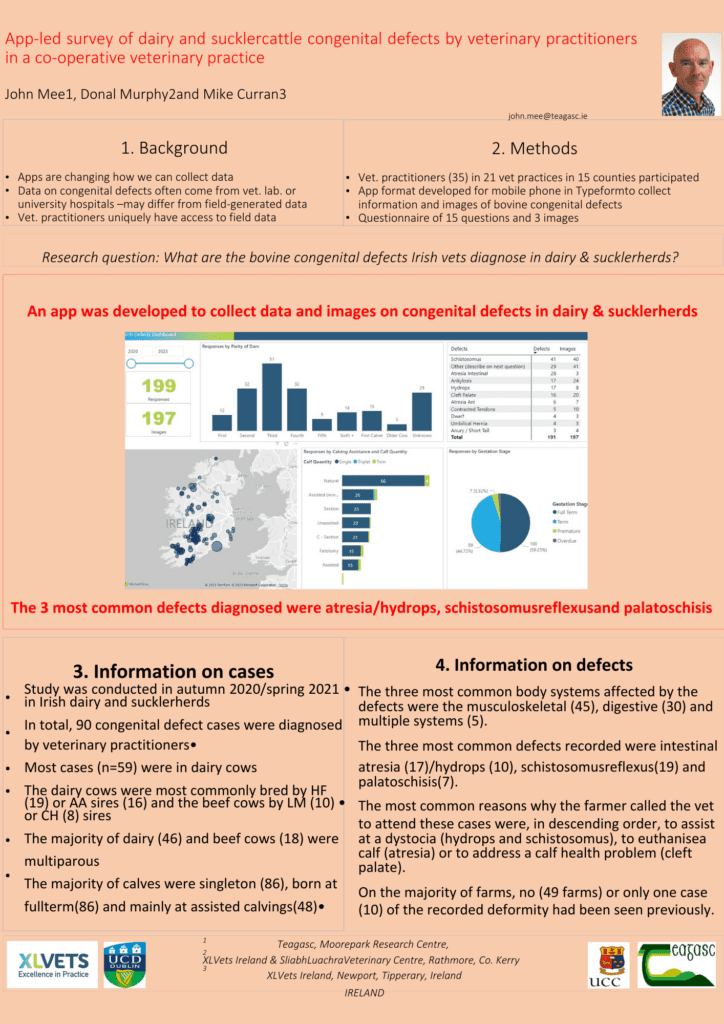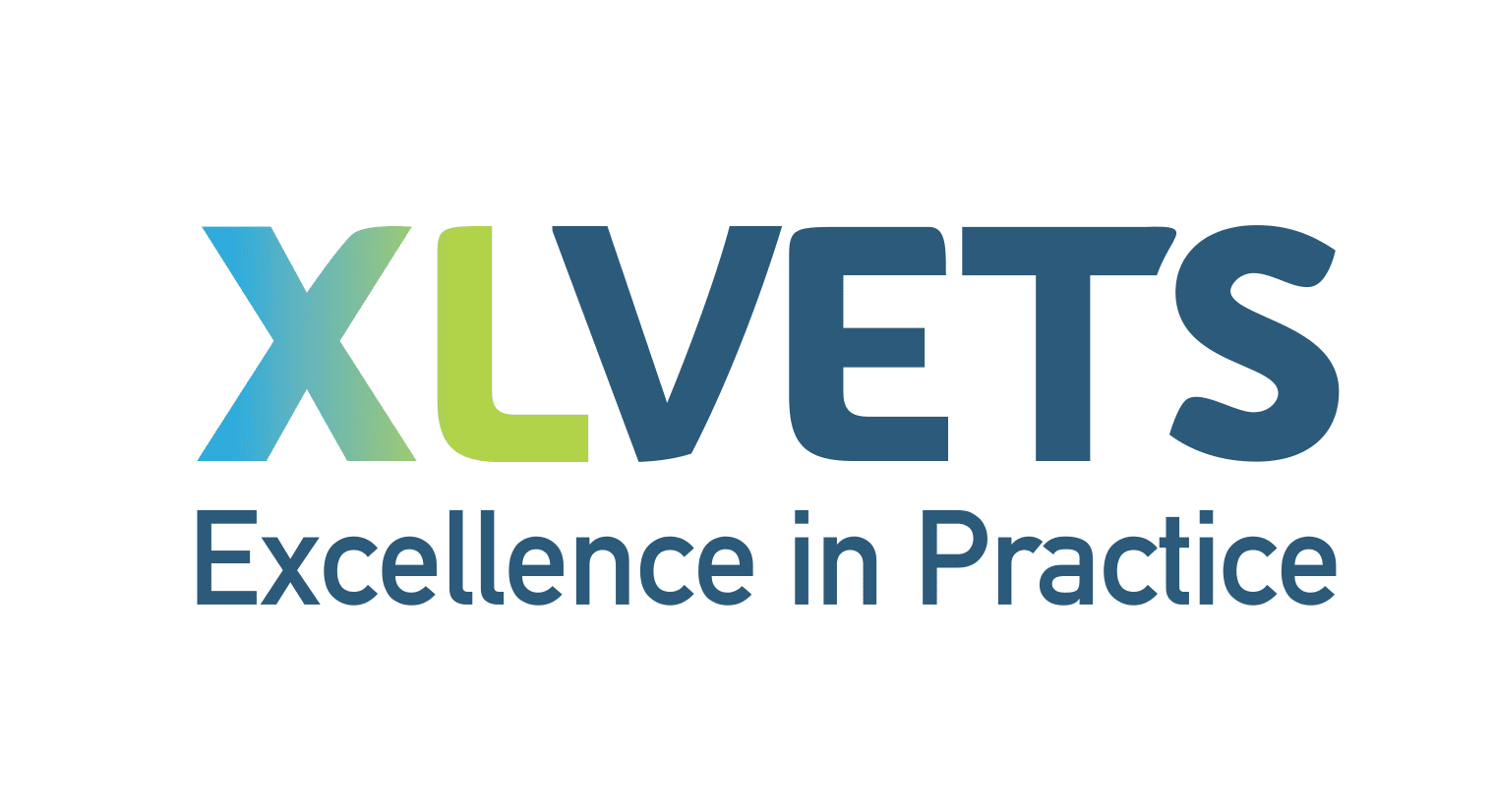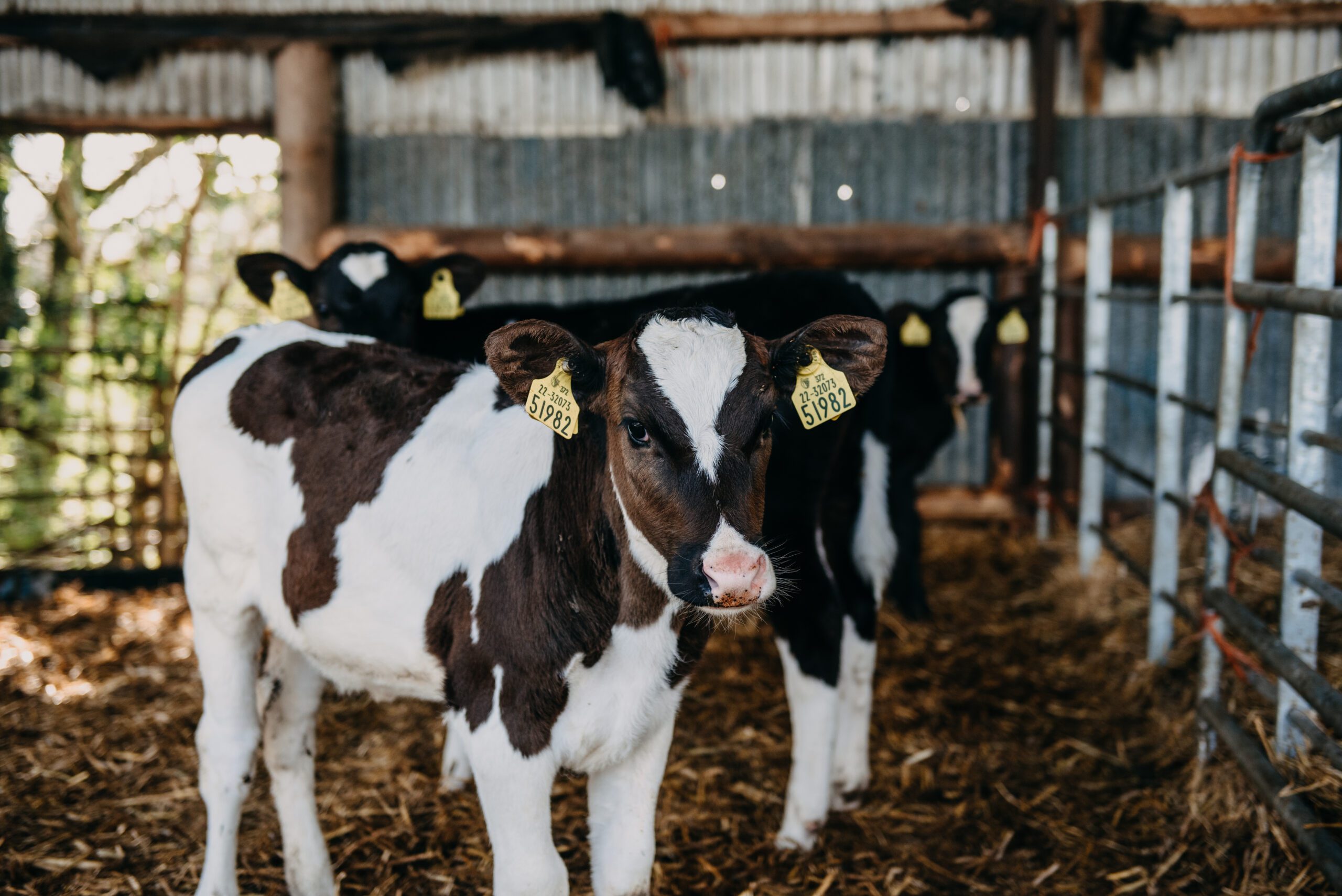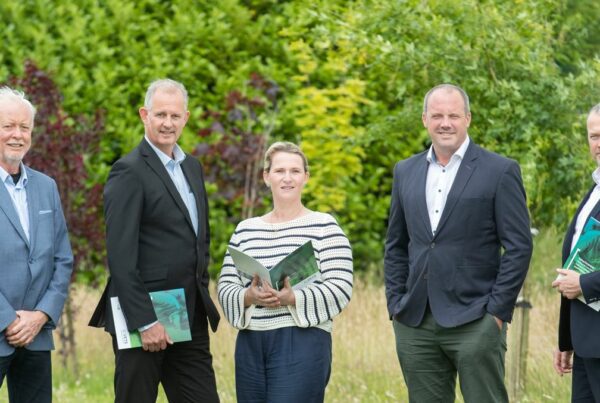In 2020, from discussions within our Farm Animal Committee, Chaired by Donal Murphy M.V.B., M.R.C.V.S., there was a noticeable increase in bovine birth defects. From this, we began works on building an interrogatable analytical dashboard for data collection late 2020 into spring 2021. The project was to move from perceptions to facts, by collecting data from on-site observations, live connect to a dashboard to utilise as both a learning & investigation tool. With the first set of data, XLVets looked to improve this data, preparing for the following spring and sought academic expertise to review, contacting Professor John Mee.
Professor John Mee MVB, PhD, DECBHM, MVM, is the Principal Veterinary Research Scientist in Teagasc, the Irish national organisation for agricultural research, advice and education. He works at the national dairy research centre in Moorepark, Co. Cork, and holds an adjunct professorship with University College Cork, an adjunct professorship with University College Dublin and a Fellowship of the Royal College of Veterinary Surgeons. Professor Mee carries out animal health, welfare and theriogenology research in dairy and beef cattle and in sheep. His current research interests include perinatal and young stock management and diseases, herd health, biosecurity and endemic infectious and parasitic conditions of cattle and sheep.
Professor Mee, reviewed and advised on the project to further improve the data capture and its presentation. Recently, Professor Mee presented a discussion and poster of these results, at The 11th International Ruminant Reproduction Symposium, Galway Bay Hotel. This work, in conjunction XLVets, is currently being written up for submission to a scientific peer-review journal to record the findings of Irish vets internationally.

Presenting author: John Mee. E-mail: john.mee@teagasc.ie
Application: This veterinary practitioner-led data-recording model is latent with possibilities for metastasis across other clinically relevant conditions.
Introduction: Our knowledge on the epidemiology and typology of bovine congenital defects is predominantly based on veterinary diagnostic laboratory or university hospital data. These aspects may differ in field-generated data. Hence, the objective of this project was to field-test a mobile phone app designed for use by veterinary practitioners to collect clinical case data on routine farm visits. Ultimately, the aim was to assess the potential for practitioner-gathered clinical information, allied with analytics, to generate a repository consisting of an image gallery and associated clinical notes.
Materials and Methods: During the autumn 2020/spring 2021 calving season, 35 vets in 21 veterinary practices distributed nationally across 15 counties in Ireland participated in the project. Information and images were collected during routine dairy and suckler farm visits (mainly calvings) onto a mobile phone using Typeform. The questionnaire consisted of 15 questions; three photos could be collected/case.
Results: In total, 90 congenital defect cases were reported; 59 in dairy (n=57 Holstein/Friesian) and 28 in beef cows’ (10 Limousin, 8 Charolais) calves. The dairy cows were most commonly bred by Holstein/Friesian (19) or Aberdeen Angus (16) sires and the beef cows by Charolais (9) or Limousin (8) sires. Both the dairy (17) and the beef (8) dams were most commonly bred by stock bulls, though breeding method was poorly recorded (53 missing). The majority of both dairy (46) and beef cows (18) were multiparous. The majority of calves were singletons (83), born at fullterm (86) mainly at assisted calvings (48). The three most common body systems affected by the defects were the musculoskeletal (45), digestive (30) and multiple systems (5). The three most common defects recorded were intestinal atresia (17)/hydrops (10), schistosomus reflexus (19) and palatoschisis (7). The most common reasons why the farmer called the vet to attend these cases were, in descending order, to assist at a dystocia (hydrops and schistosomus), to euthanise a calf (atresia) or to address a calf health problem (cleft palate). On the majority of farms, no (49 farms) or only one case (10) of the recorded deformity had been seen previously.
Conclusions: The key value points arising from this pilot project were 1) App convenience of use by busy practitioners, 2) Recording of analysable information. 3) Generation of a unique photo-archive and 4) Ease of model upgrade based on practitioner feedback.




